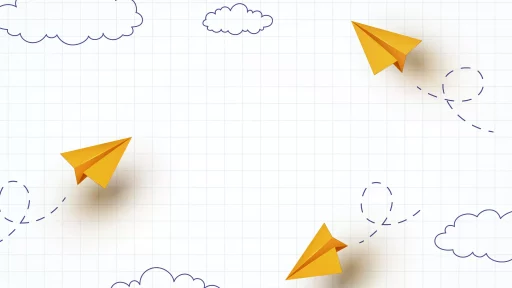Introduction
Acceleration due to gravity is a fundamental concept in physics that describes the rate at which an object accelerates when it is dropped in a gravitational field. It influences everything from the apples falling from trees to the motion of planets. This article explores this critical phenomenon, its implications, examples, and real-life applications, along with a few statistics and case studies.
Understanding Acceleration due to Gravity
The acceleration due to gravity, denoted as g, is the acceleration an object experiences when it falls freely under the influence of gravity. On Earth, this value is approximately 9.81 m/s². This means that for every second an object is in free fall, its velocity increases by 9.81 meters per second.
The Formula and Variations
As a basic formula, the acceleration due to gravity can be expressed as:
- g = G * (M / r²)
Where:
- G = universal gravitational constant (6.674 × 10^(-11) N m²/kg²)
- M = mass of the Earth (approximately 5.972 × 10²⁴ kg)
- r = distance from the center of the Earth
This formula highlights that gravitational acceleration varies depending on the size and density of the objects involved, as well as the distance from their centers. For example, the value of g is slightly less at higher altitudes due to increased distance from the Earth’s center.
Real-Life Examples of Acceleration due to Gravity
Common illustrations of acceleration due to gravity include:
- Drop of a Ball: When a ball is dropped from a height, it accelerates downward at approximately 9.81 m/s² until it hits the ground.
- Freefall in Skydiving: Skydivers experience freefall acceleration until they deploy their parachutes, where deceleration occurs rapidly.
- Space Missions: When spacecraft return to Earth, they re-enter at high speeds due to gravitational acceleration, demonstrating how speed increases during descent.
Case Studies and Statistics
To further understand how acceleration due to gravity works, let’s examine a few case studies:
- The Apollo Missions: During Apollo 15, astronauts analyzed the gravitational effects on various objects on the Moon, where g ≈ 1.6 m/s². This lower gravity influenced their movements and the tools they used, emphasizing the role of gravitational acceleration in varying environments.
- Free Fall Experiments: In controlled environments, scientists have conducted free-fall experiments where objects fall freely in a vacuum to eliminate air resistance. The results confirmed the constant acceleration due to gravity, regardless of the object’s mass.
- Jupiter’s Gravitational Pull: Jupiter, being the largest planet in our solar system, has a gravitational pull of 24.79 m/s², nearly 2.5 times stronger than Earth. Such a difference affects both atmospheric conditions and the potential for human exploration.
In terms of statistics, it is interesting to note that the gravitational force exerted on objects varies with latitude and altitude:
- At sea level, g is approximately 9.81 m/s².
- At the equator, g is about 9.78 m/s², while at the poles, it is close to 9.83 m/s².
Conclusion
In summary, acceleration due to gravity is an essential principle that governs the motion of objects under the influence of gravitational forces. Understanding it enables us to grasp various phenomena across multiple fields, including physics, engineering, and even space exploration. Its real-life applications continue to fascinate, influencing everything from the design of amusement park rides to the engineering of spacecraft. As we continue to explore our universe, the implications of gravitational acceleration will remain crucial in our adventures and research.





